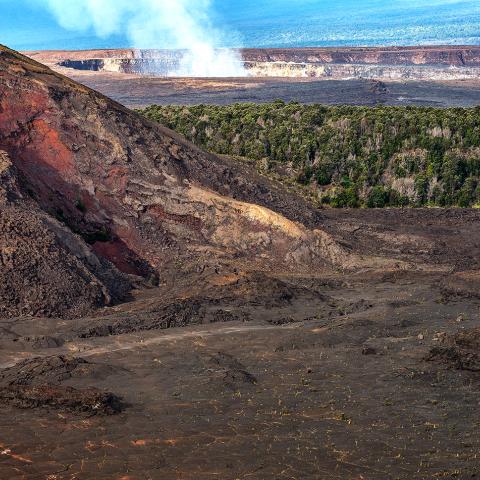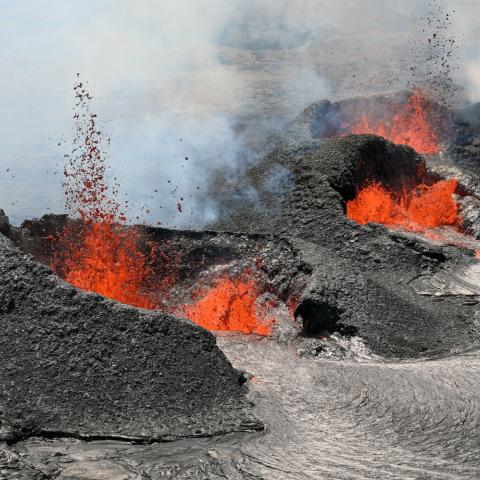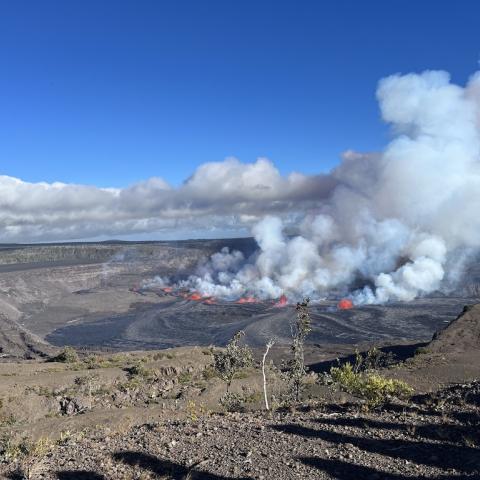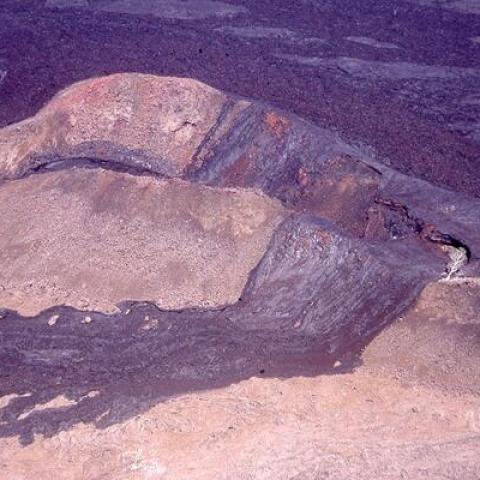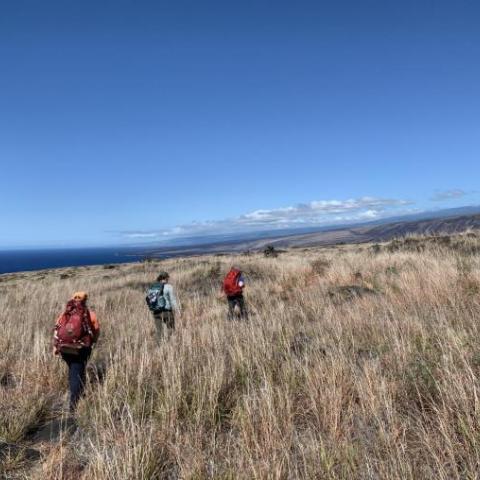Chain Of Craters Road And Adjacent Sites Reopen At Hawai’i Volcanoes National Park
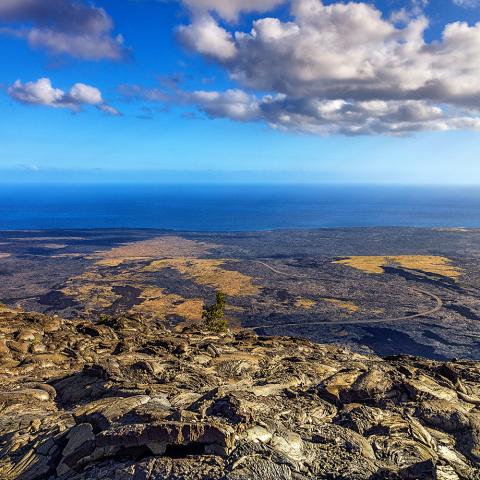
Hawaiʻi Volcanoes National Park rangers have reopened Chain of Craters Road and nearby sites as unrest and seismicity return to normal levels in Kīlauea volcano’s upper East Rift Zone (ERZ).
- By Compiled From N... - November 22nd, 2023 3:00pm

